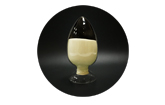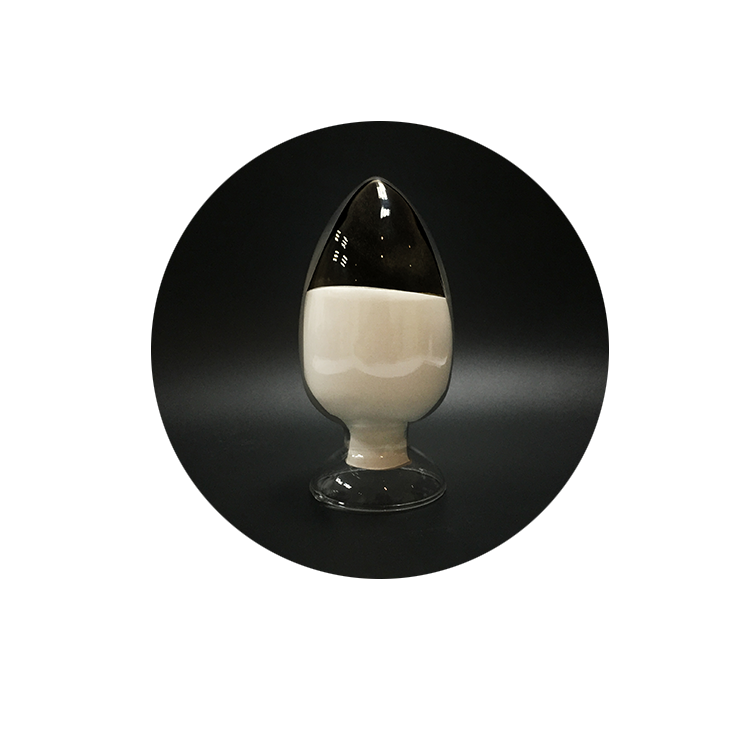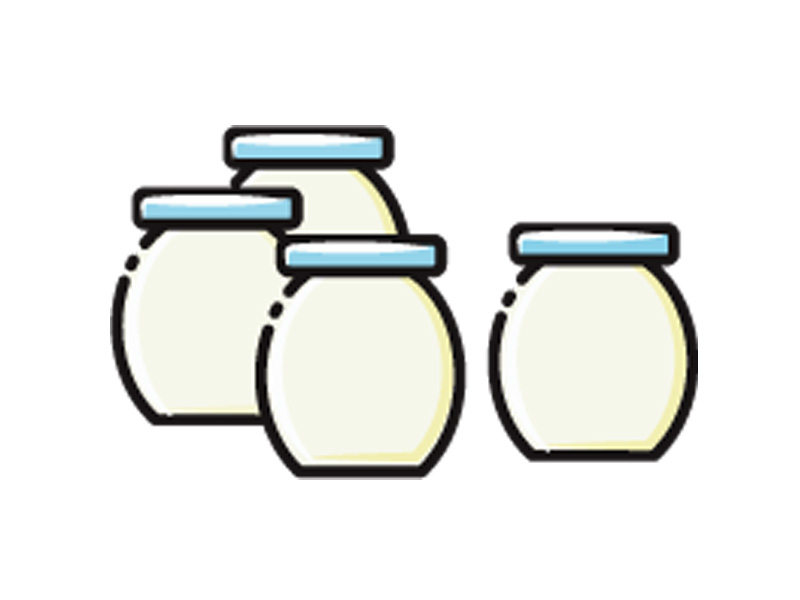Several Commonly Used Food Colloid Gel Properties
Commonly used food colloids are generally "natural products", such as agar and carrageenan extracted from seaweed, or gelatin derived from the hydrolysis of animal skins or bones, or extracted from the seeds of corresponding plants. Arabic gum, guar gum, tamarind gum, etc., and different food colloids/edible gums have different gel conditions and properties.
Ⅰ. The definition of food colloids
Food colloids refer to macromolecular substances that can be dissolved in water and fully hydrated under certain conditions to form viscous, slippery solutions or colloids, also known as hydrophilic colloids and edible glues, often used as thickeners, tackifiers, glue Coagulants, stabilizers, suspending agents, etc. are widely used in beverages, dairy products, condiments, cakes, starch, candy, wine and other food processing industries.
Common indicators of food colloid gel texture include modulus, hardness, brittleness, elasticity and cohesiveness. Modulus is primarily a measure of stiffness; hardness is primarily a measure of breaking strength; brittleness is primarily a measure of the tension necessary to break a gel; elasticity is primarily a measure of gel-recovery force; and cohesion is primarily a measure of ease of separation.
Ⅱ. Characteristics of several commonly used food colloids
1. Characteristics of Konjac Gum Gel
The konjac gum gel system usually needs to be hydrated for a long time, and the system viscosity is relatively high.
2. Gelatin gel properties
Gelatin is an animal-derived colloid, and its gel system characteristics are: gelatin is a colloid with a very elastic texture; gelatin has a lower dissolution and solidification temperature, and it is a heat-labile gel, acid-stable It is less resistant and will harden when refrigerated.
3. Characteristics of agar gel
Agar, also known as agar, and carrageenan belong to alginate, its gel system characteristics are: poor thermal and acid stability, smooth but opaque texture, is a thermally unstable gel. Generally, the dosage is higher in the system.
4. Xanthan Gel Properties
In terms of gel properties, xanthan gum solution has good stability of heat resistance, salt resistance and acid and alkali resistance, and its viscosity increases rapidly with the increase of concentration. very small.
5. Gellan gum gel properties
As a newly developed microbial colloid in recent years, gellan gum food colloid has advantages unmatched by other hydrophilic colloids. Its gel properties mainly include the following:
(1) High-quality gel can be formed at low concentration (0.05%~0.25%).
(2) It is very stable under heating and low pH conditions, and gels can be formed between pH 3.5 and 7.0.
(3) The gel formed by sodium or potassium ions can be recovered after heating, while the gel of magnesium or calcium salt cannot be recovered.
(4) It can be used in combination with other gums, such as modified starch, xanthan gum, locust bean gum, etc.
(5) Gellan gum has good compatibility with other compounds.
6. Carrageenan gel properties
Carrageenan is stable under neutral and alkaline conditions, but under acidic conditions (pH3.5), carrageenan molecules will degrade, and heating will accelerate the degradation rate. Carrageenan food colloid can form a gel at a concentration of more than 0.5% in the water system, and the gelling concentration in the milk system can be as low as 0.1%~0.2%.
Carrageenan can interact with proteins, and the result depends on the isoelectric point of the protein and the pH value of the solution. For example, in neutral beverages, carrageenan can form a weak gel with milk protein to maintain the suspension of particles and avoid rapid deposition of particles; carrageenan The action with protein can also be used to remove unwanted protein from the system; some carrageenans also have the function of rapidly forming flocculent deposits of proteoglycans, but the deposits are easily redispersed in the flow.



